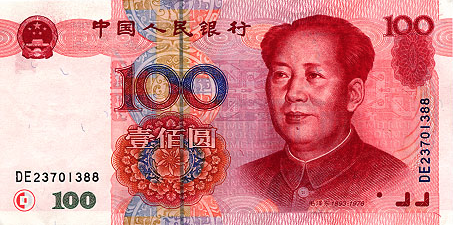Chinese Yuan, Renminbi, (¥, Yuan)
Published: 18/04/2016 - Updated: 16/06/2016 - Category: Currency
The Chinese Yuan is the base unit of the official Chinese currency known as the "Renminbi". The Yuan shares its meaning with the Japanese Yen, which means "circle". The two currencies even share the same symbol "¥".
The Yuan has traditionally been set at a fixed rate similar to other global currencies that are floated. Despite this difference, there has been a significant level of conversation surrounding the Chinese Yuan replacing the US Dollar as the world’s preferred reserve currency. These talks have been fueled in part by rumors that the Yuan may be moving to the gold standard in the near future.
The Yuan as a Reserve Currency
The Chinese Yuan is quickly becoming one of the most important internationally traded currencies. A transition to the gold standard would go a long way towards China’s goal of the Yuan replacing the US Dollar as the world’s preferred reserve currency.
While the Yuan has traditionally been off-limits for foreign investors, recent changes to Chinese law have allowed for the Yuan to be used as a reserve currency. As soon as the policy changed, several countries invested in the Yuan over more popular reserve currencies such as the United States Dollar and the Euro.
Additional legislation adopted in 2015 allowed the Yuan to comply with requirements set forth by the International Monetary Fund.
History of the Chinese Yuan
The Chinese Yuan came to be in the late nineteenth century. While initially taking a number of different forms from province to province, the Chinese government created a centrally-produced currency for nationwide distribution in 1903.
Despite the best efforts of the Chinese government, a number of regional currencies persisted until after the second world war. The current national currency, the Renminbi, was officially adopted as the legal tender of the People’s Republic of China in June 1949.
TLike many currencies, the Yuan experienced a period of instability after the second world war. However, China’s dominant manufacturing sector has driven the value of the Yuan and placed the currency in a position of incredible strength.
Bank Notes & Coins
There are 6 primary coins (¥1, ¥0.5, ¥0.1, ¥0.05, ¥0.02, ¥0.01) in active circulation and some commemorative and collector coins in circulation but with limitations or specified restrictions applied.
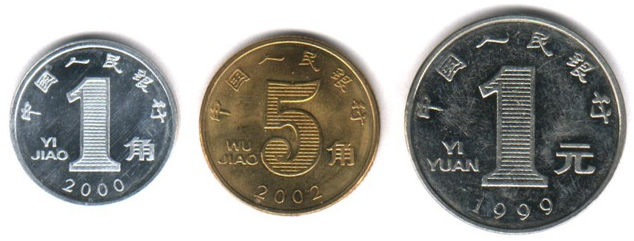
There are a total of 10 Chinese Yuan bank notes (¥100, ¥50, ¥20, ¥10, ¥5, ¥1, ¥0.5, ¥0.2, ¥0.1) available in circulation.
One Yuan - ¥1
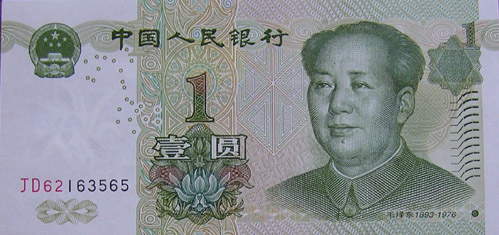
Five Yuan - ¥5
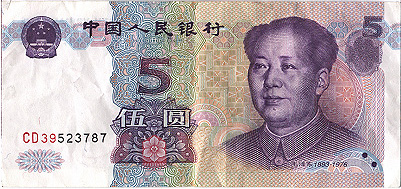
Ten Yuan - ¥10
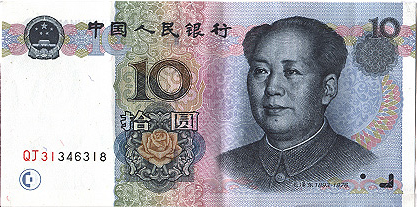
Twenty Yuan - ¥20
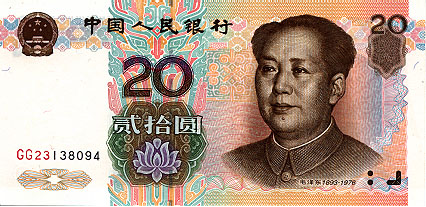
Fifty Yuan - ¥50
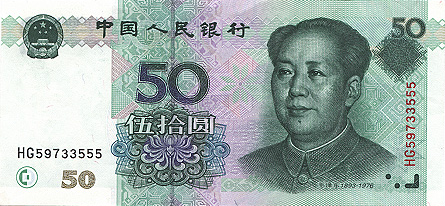
One Hundered Yuan - ¥100
